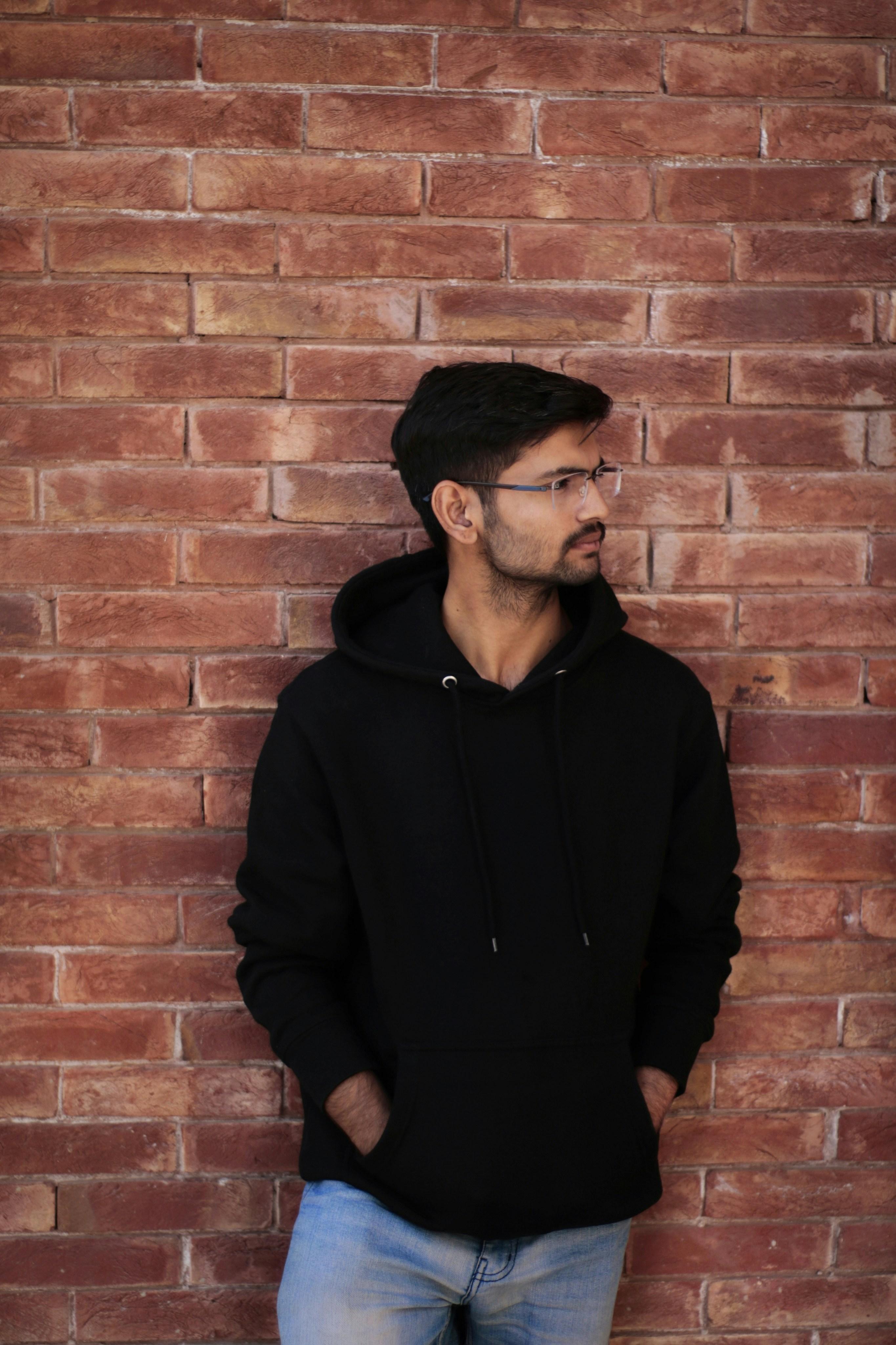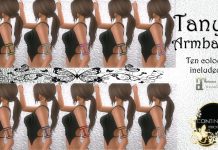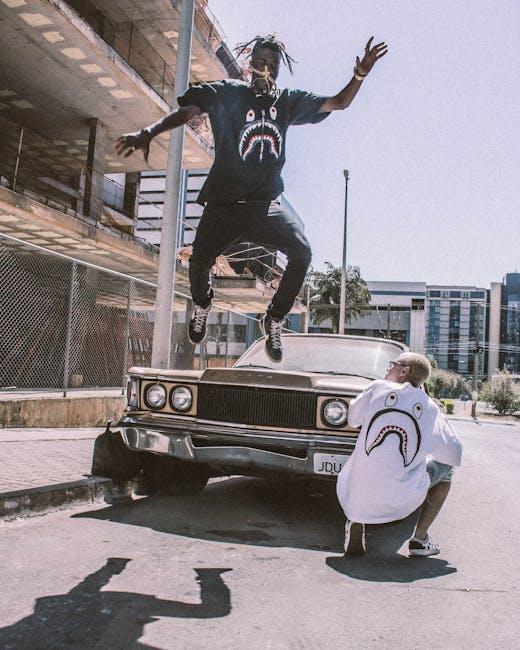In the bustling crossroads of city life, where creativity meets the pavement, a vibrant form of expression emerges—street style. Often dismissed as mere snapshots of urban living, this dynamic facet of fashion has sparked a lively debate: should street style be recognized as a legitimate part of the fashion industry? As the boundaries between runway and real life blur, street style challenges traditional notions, inviting us to reconsider what constitutes fashion’s true essence. In this exploration, we delve into the heart of the debate, examining the cultural significance, commercial impact, and artistic value of street style in today’s ever-evolving fashion landscape.
Street Styles Influence on High Fashion
In recent years, the vibrant tapestry of urban fashion has seamlessly woven itself into the fabric of high fashion, sparking a dynamic dialogue between the streets and the runways. Street style has emerged as a powerful catalyst for creativity, offering a raw and unfiltered lens through which designers draw inspiration. This cultural exchange has led to a fascinating fusion where the authenticity of streetwear meets the sophistication of haute couture.
- Designers are increasingly turning to street style for fresh perspectives, embracing its bold and eclectic aesthetics.
- Collections often feature elements such as oversized silhouettes, graphic prints, and unconventional layering—hallmarks of street fashion.
- Collaborations between high-end brands and streetwear labels have become commonplace, blurring the lines between luxury and everyday wear.
As this relationship evolves, it challenges traditional notions of what constitutes fashion, making it clear that the streets are not just influencing high fashion—they are reshaping it.
The Evolution of Street Style as a Fashion Movement
Street style has transformed from a grassroots movement into a vibrant facet of the fashion world. Emerging from urban centers, it draws inspiration from a myriad of sources, including music, art, and cultural diversity. This eclectic blend has enabled street style to break traditional fashion boundaries, creating a dynamic and ever-evolving aesthetic. Unlike conventional fashion, which often follows a top-down approach, street style thrives on individual expression and community influence.
- Influence of Subcultures: Punk, hip-hop, and skate culture have all left indelible marks on street style, infusing it with boldness and creativity.
- Global Reach: Cities like Tokyo, New York, and London serve as epicenters, each adding their unique flair and fostering cross-cultural exchanges.
- Social Media Impact: Platforms like Instagram and TikTok have democratized fashion, allowing street style to gain visibility and legitimacy on a global scale.
As designers increasingly draw inspiration from the streets, collaborations between luxury brands and streetwear labels have blurred the lines between high fashion and street style. This fusion not only challenges traditional fashion hierarchies but also cements street style’s role as a legitimate, influential player in the industry.

Integrating Street Style into Fashion Industry Frameworks
In recent years, the vibrant and dynamic world of street style has increasingly influenced mainstream fashion. By drawing from the diverse cultural tapestry found on the streets, designers and brands are incorporating elements that reflect authenticity and innovation. This integration not only enriches the aesthetic landscape but also challenges traditional fashion paradigms.
Key ways to seamlessly blend street style into the fashion industry include:
- Collaboration with Influencers: Partnering with street style icons and influencers to create collections that resonate with a wider audience.
- Adaptable Collections: Designing versatile pieces that can transition from the runway to the street, emphasizing practicality and style.
- Cultural Representation: Embracing diverse cultural elements to celebrate inclusivity and authenticity in fashion narratives.
By embracing these strategies, the fashion industry can evolve to become more inclusive, reflecting the rich diversity and creativity found in street style.

Recommendations for Bridging Street and High Fashion
- Collaborative Collections: Encourage partnerships between streetwear brands and luxury fashion houses. This fusion can lead to innovative designs that appeal to diverse audiences, blending the authenticity of street style with the refinement of high fashion.
- Inclusive Fashion Weeks: Introduce dedicated segments for street style during major fashion weeks. By giving streetwear its own spotlight, it acknowledges its influence and allows for a more comprehensive showcase of modern fashion trends.
- Cross-Pollination of Ideas: Foster environments where designers from both realms can share insights. Workshops and panels can serve as platforms for exchanging ideas, ensuring that both street and high fashion continue to evolve and inspire each other.
- Diverse Representation: Feature models and influencers from street culture in high fashion campaigns. This not only broadens the audience but also validates street style’s place within the industry.
- Retail Integration: Develop retail spaces that seamlessly blend streetwear and luxury items. Curating these environments can enhance the shopping experience, making fashion more accessible and appealing to a wider demographic.





































